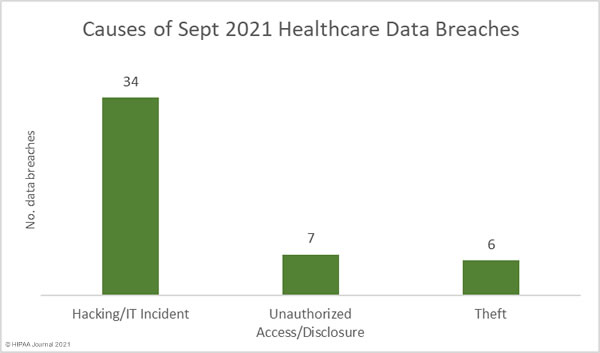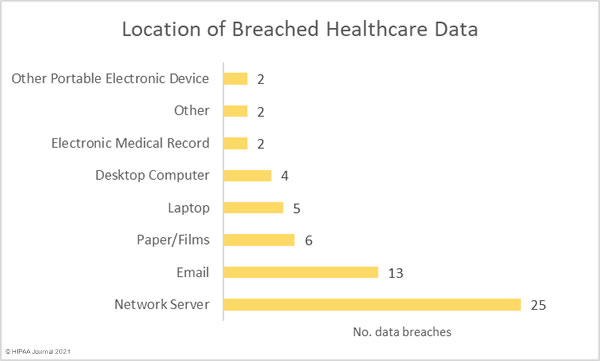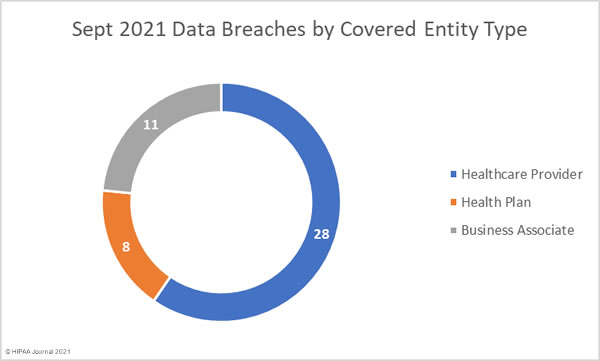B. Braun has released software updates to fix five vulnerabilities in its Infusomat Space and Perfusor Space Infusion Pumps. The vulnerabilities could be exploited remotely in a low complexity attack.
In North America, the flaws affect Battery pack SP with WiFi (All software Versions 028U000061 and earlier) that have been installed in an Infusomat Space Infusion Pump or a Perfusor Space Infusion pump, and SpaceStation with SpaceCom 2 (All software Versions 012U000061 and earlier). The vulnerabilities were identified by Douglas McKee and Philippe Laulheret of McAfee, who reported them to B. Braun.
The most serious vulnerability is a critical flaw in B. Braun SpaceCom2 that has been assigned a CVSS severity score of 9 out of 10. The flaw – tracked as CVE-2021-33885 – is due to insufficient verification of data authenticity and could be exploited by a remote attacker to send malicious data to the device, which would be used in place of the correct data.
An improper input validation flaw – CVE-2021-33886 – would allow a remote unauthenticated attacker to gain user-level command-line access by passing a raw external string straight through to printf statements, although the attacker would need to be on the same network as the device, which limits the potential for exploitation. The flaw has been assigned a CVSS score of 6.8.
A missing authentication for critical function vulnerability – CVE-2021-33882 – could be exploited by a remote attacker to reconfigure the device from an unknown source, due to the lack of authentication on proprietary networking commands. The flaw has also been assigned a CVSS score of 6.8.
Due to unrestricted uploads of dangerous file types, a remote attacker could upload a malicious file to the /tmp directory of the device through the webpage API, which could result in critical files being overwritten affecting device functionality. The flaw is tracked as CVE-2021-33884 and has a CVSS severity score of 6.5.
The last vulnerability is an information exposure issue that could allow an attacker to obtain critical values for a pump’s internal configuration due to the transmission of sensitive information in cleartext. The flaw is tracked as CVE-2021-33883 and has been assigned a CVSS severity score of 5.9.
- Braun has fixed the flaws in the following software updates:
- Battery pack SP with Wi-Fi, software 028U00062 (SN 138852 and lower)
- Battery pack SP with Wi-Fi, software 054U00091 (SN 138853 and higher)
- SpaceStation with SpaceCom 2 software Versions 012U000083
At present, there have been no reported cases of exploitation of the flaws; however, the updates should be applied as soon as possible.
B.Braun also recommends ensuring infusion pumps are housed in separate environments that are protected by firewalls or VLANs, that authentication measures are put in place to prevent unauthorized access, and that the devices are not directly accessible over the Internet. If remote access is required, secure methods of access should be used, such as a Virtual Private Network (VPN).
The post Vulnerabilities Identified in B. Braun Infusomat Space and Perfusor Space Infusion Pumps appeared first on HIPAA Journal.





